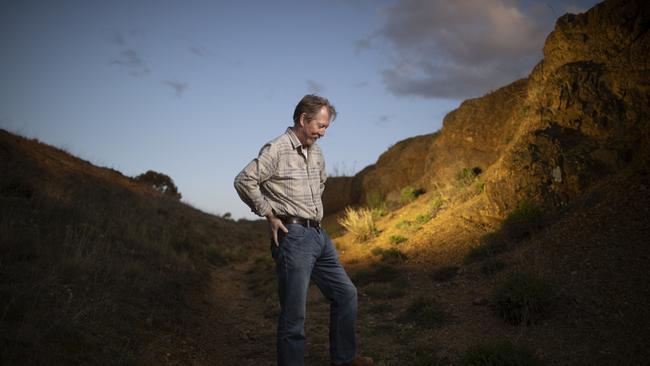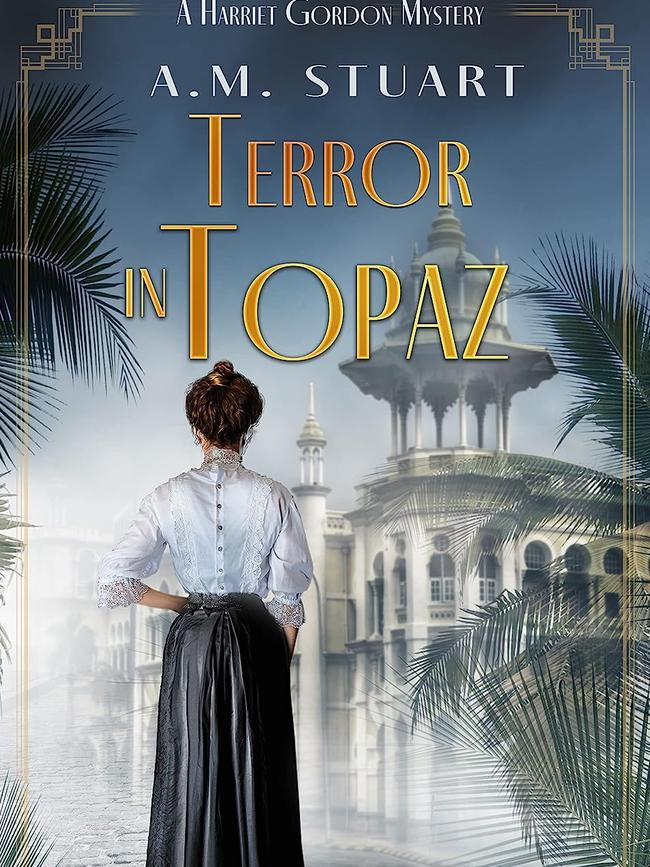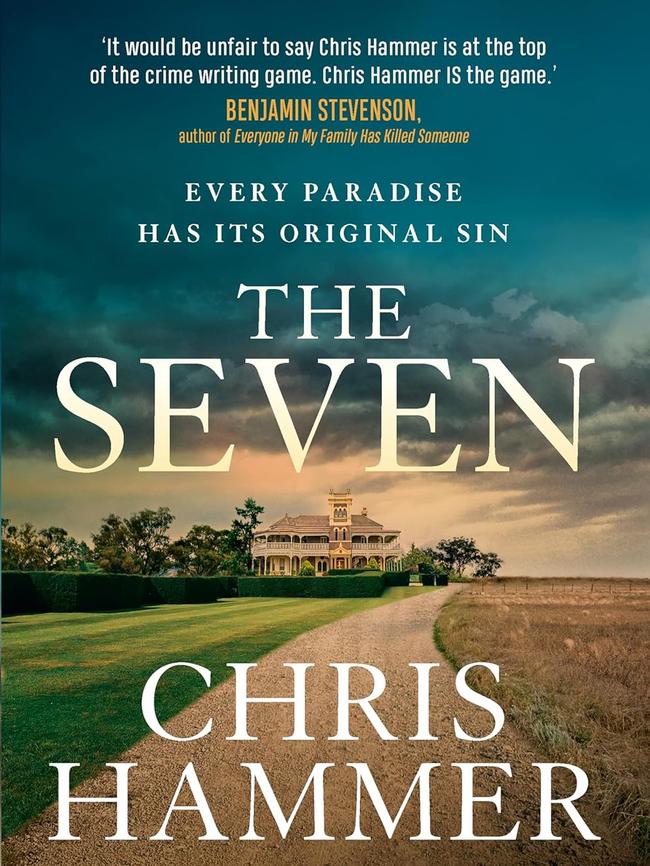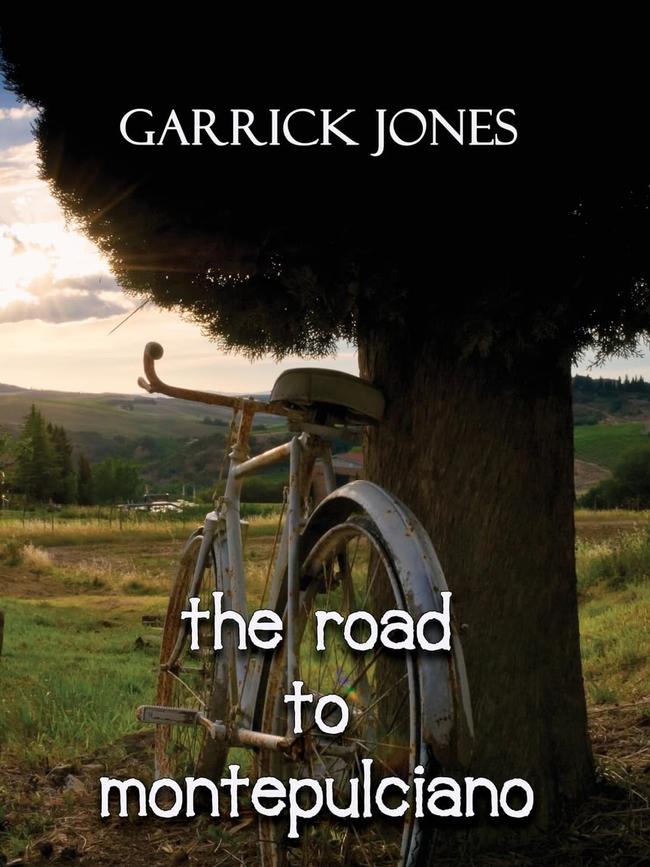Great crime books to read this Christmas
Four great crime books by Chris Hammer, Michael Connelly, Garrick Jones and A.M. Stuart will get your Christmas reading off to a grisly start.

The name Michael Connelly on the cover is a guarantee of a Good Big Read – even if, given this author’s high productivity and his acknowledgment of “those who helped me with the research, writing, and editing”, we don’t know how much of the book was personally created by him.
Resurrection Walk is a cerebral pleasure by contrast to last year’s Desert Star, which featured physical activity and dangers as retired LAPD detective Harry Bosch assisted detective Renée Ballard. This time Bosch is assisting another Connelly regular, the Lincoln Lawyer, Mickey Haller, who’s now conducting his own innocence project and becoming addicted to the adrenaline rush he feels when he sees an unjustly sentenced client take the “resurrection walk” out the prison gates into freedom.
Having spent his career gathering evidence to ensure prosecutions, Bosch is unenthused by his newest role: scrutinising old reports for gaps and errors that might support an appeal. Can the case of a woman found guilty of putting two shots in the back of her ex-husband, a law enforcement officer, win him around? In the second half of the novel Haller is the hero, excelling in clever courtroom manoeuvring, while Bosch stays close, his “cop instincts” proving useful.

Like Connelly’s novel, A.M. Stuart’s Terror in Topaz features a woman charged for repeatedly shooting a man in the back; in this instance the victim is a mine manager, the year 1910, the setting colonial Kuala Lumpur, and no one is trying very hard to assert the lady’s innocence.
If you find yourself recalling Somerset Maugham’s stories set in the East, you’ll have your confirmation when you reach the Melbourne-based writer’s “author notes.” Stuart has based her plot on newspaper accounts of a 1911 death in KL, the same murder which inspired Maugham to write “The Letter” after he heard of it in the 1920s.
Who writes it better? Maugham, but that’s not to say Stuart doesn’t tell her tale skilfully, with a nice line in social commentary relayed by her protagonist, typist and suffrage advocate Harriet Gordon.
A linked story arc starring Harriet’s love interest, senior policeman Robert Curran, targets the Topaz Club, the kind of establishment familiar from many a thriller. Operating out of isolated, guarded premises, the club offers clients a casino, alcohol, drugs of addiction, and sex workers (who’ve been trafficked and coerced), plus the likelihood of being blackmailed.
There have been three previous novels and a novella in this mystery series, which looks set to continue.

“Follow the money” is my advice to readers of Chris Hammer’s sixth novel, The Seven. When the narrative starts with the dead body of an accountant and financial planner in an irrigation canal, recognise the canal system as the means of making seven family fortunes and ruining other families.
In his nonfiction study of the Murray-Darling system, The River (2010), ACT-based Hammer mused on the obsolescence of the old metaphor of the river as life in our age of dammed and diverted, bought and sold waterways. Now, he explores how a fictional irrigation scheme in the NSW Riverina has generated wealth for a century, but also killings, disappearances, arson, and financial chicanery.
Ivan is the dominant detective in this instalment of the Ivan Lucic and Nell Buchanan investigations, and he’s on a learning curve. Water trading, he discovers, has become as significant as selling agricultural produce or dealing in real estate and shares. And a significant proportion of the funds generated by various water-related means becomes “dark money”, channelled through associated entities, some benefiting political parties and candidates, or laundered in conjunction with organised crime.
As in his previous novels, Hammer enjoys world-building and including idiosyncratic names and characters.
Watch for the outrageous charlatan, but don’t skim pages short on dialogue and activity if you want the whole story. The intermittent chapters set in 1993-1994 tell the history and workings of the irrigation scheme in bite-sized chunks as a student researches them, while the chapters consisting of letters from 1913-1915 not only ground the storyline but constitute an allegory of First Nations dispossession.
Does Hammer integrate his diverse material sufficiently for readers to remain engaged? I’ve heard of readers giving up on The Seven, others loving the book all the way through. Count me in the “I applaud it” camp. I read it twice.

When I saw The Road to Montepulciano by Garrick Jones recommended on a US crime writing site, I discovered an Australian author who’s building an international following for his fiction.
Queensland-based Jones has set crime and espionage tales in various locations in the decades from World War II through to the 60s. His protagonists are gay men, and he brings a sympathetic eye to characters living with PTSD.
In this latest novel, set in and around a small Tuscan town in 1950, Jones delivers a mash-up of a gruesome serial killings investigation and a warm-hearted story of an individual making his place in a rustic community, with sex scenes and references that are frequent and explicit. It’s an uneven tale, settling-in dominating the first half and criminal investigation the second, but Jones writes fluently enough to hold his material together.
Australian-reared Damson O’Reilly acquires an empty Italian farmhouse cheaply, not knowing it was the scene of the massacre of three generations of one family by German forces. Immediately he arrives he finds the bodies of two recently killed people in the house, and soon another body is found outside. All three victims have been viciously mutilated and tortured.
A determinedly upbeat and non-superstitious young man, Damson has been hardened by his combat service in the Pacific theatre of war and duties in Occupied Japan. He stays in the house, focusing on repairing it, learning Italian, earning a living, and taking jaunts to Florence.
As more bodies are found in deserted buildings, the question must be addressed: is this a local vendetta, or are the murders linked to the post-war reprisals happening in other European nations and overseas, with known collaborators and Nazis being targeted?
Robyn Walton reviews crime for The Australian



To join the conversation, please log in. Don't have an account? Register
Join the conversation, you are commenting as Logout